Search
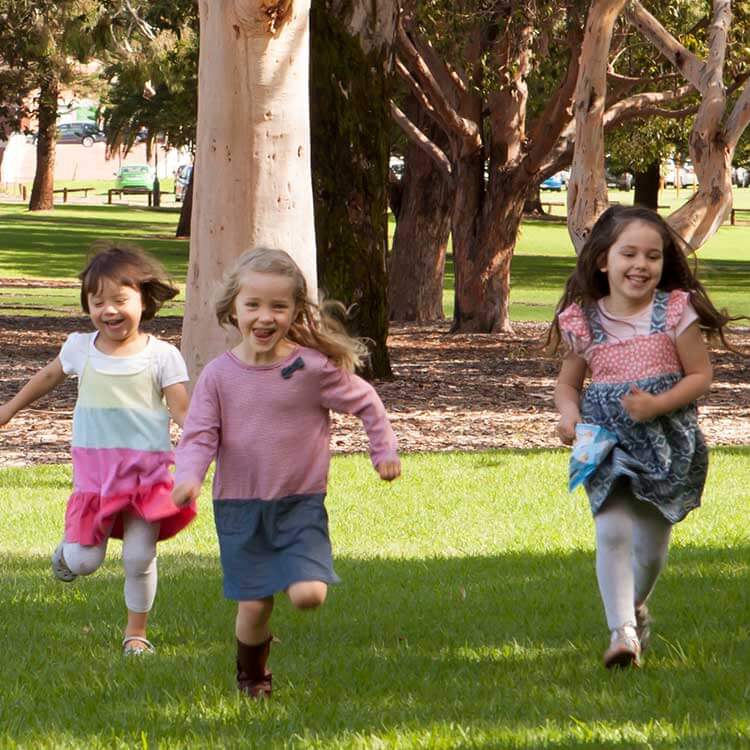
The Respiratory Environmental Health team conducts research in early life determinants of lung growth and development, respiratory environmental health, and mechanisms of airway dysfunction in asthma and other respiratory disease.
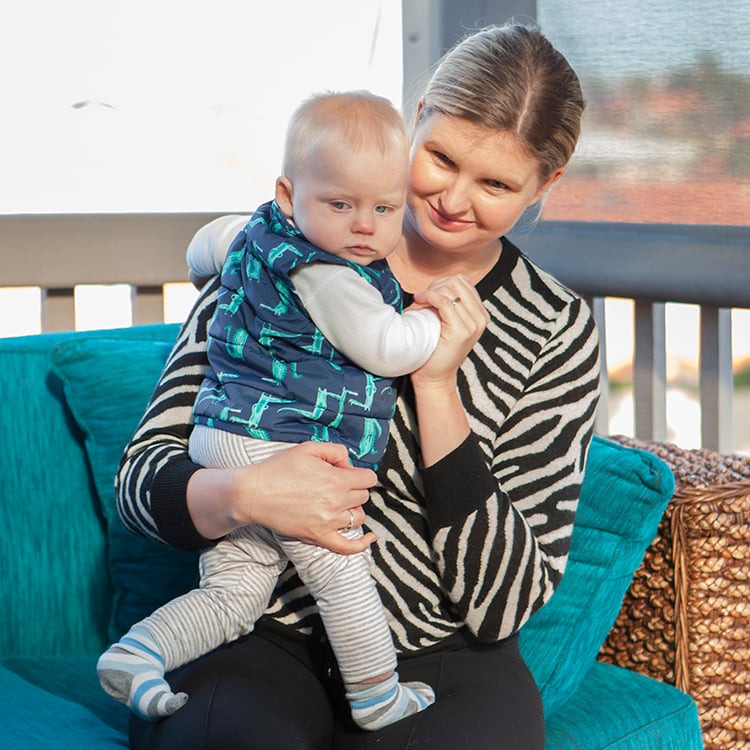
Epigenomic research at The Kids explores the links between childhood disease and the molecular hallmarks of epigenetic control.
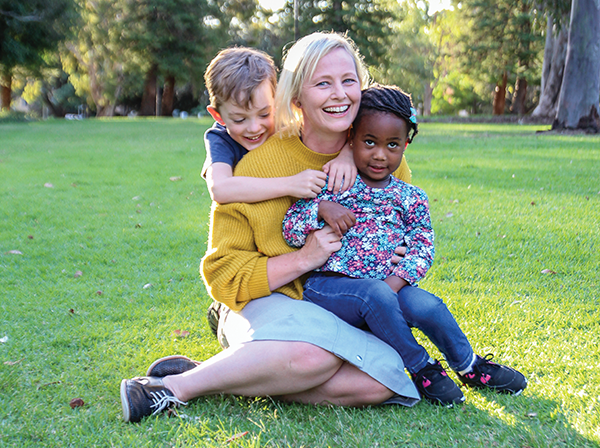
The Foundations of Lung Disease Team is focused on improving the diagnosis, treatment, and lifelong care of childhood lung disease.
Research
Role of stem cell precursors in tissuesWe have recently published a paper identifying precursor populations in peripheral lung (2017), and have also discovered that these populations can be found in multiple tissues.
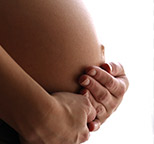
Research
Mapping changes in immune cell populations in gestational tissues over the course of pregnancyThis is a strategic “pilot” project in which we are seeking basic information on the immune cell content of gestational tissues.
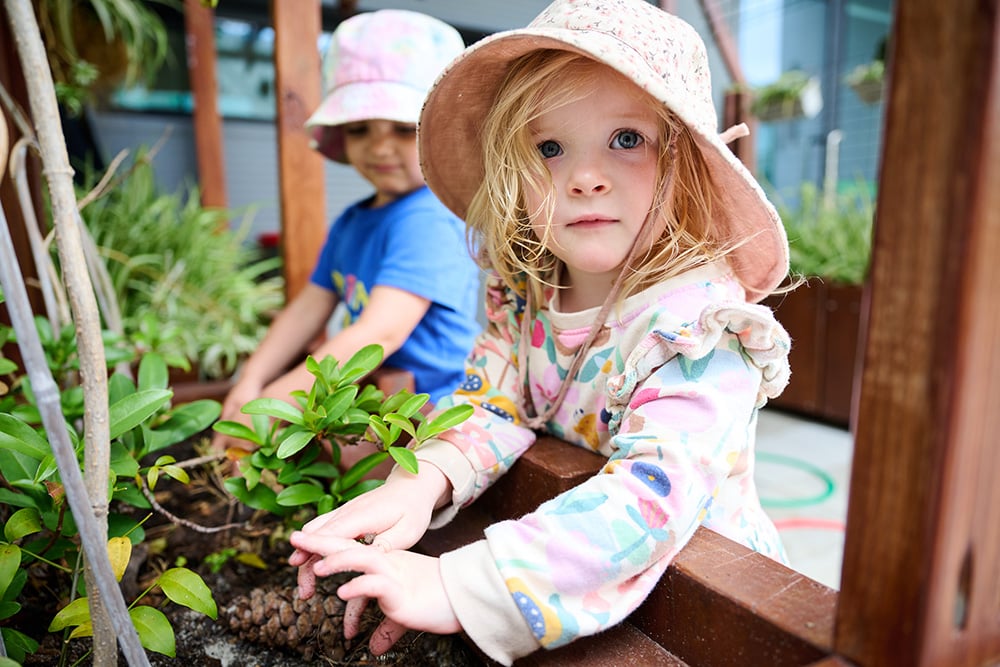
Research Theme
Wellbeing and Mental HealthOur Wellbeing and Mental Health research focuses on improving the emotional and psychological health of children. We develop evidence-based interventions and strategies to promote resilience, prevent mental health challenges, and help kids thrive.
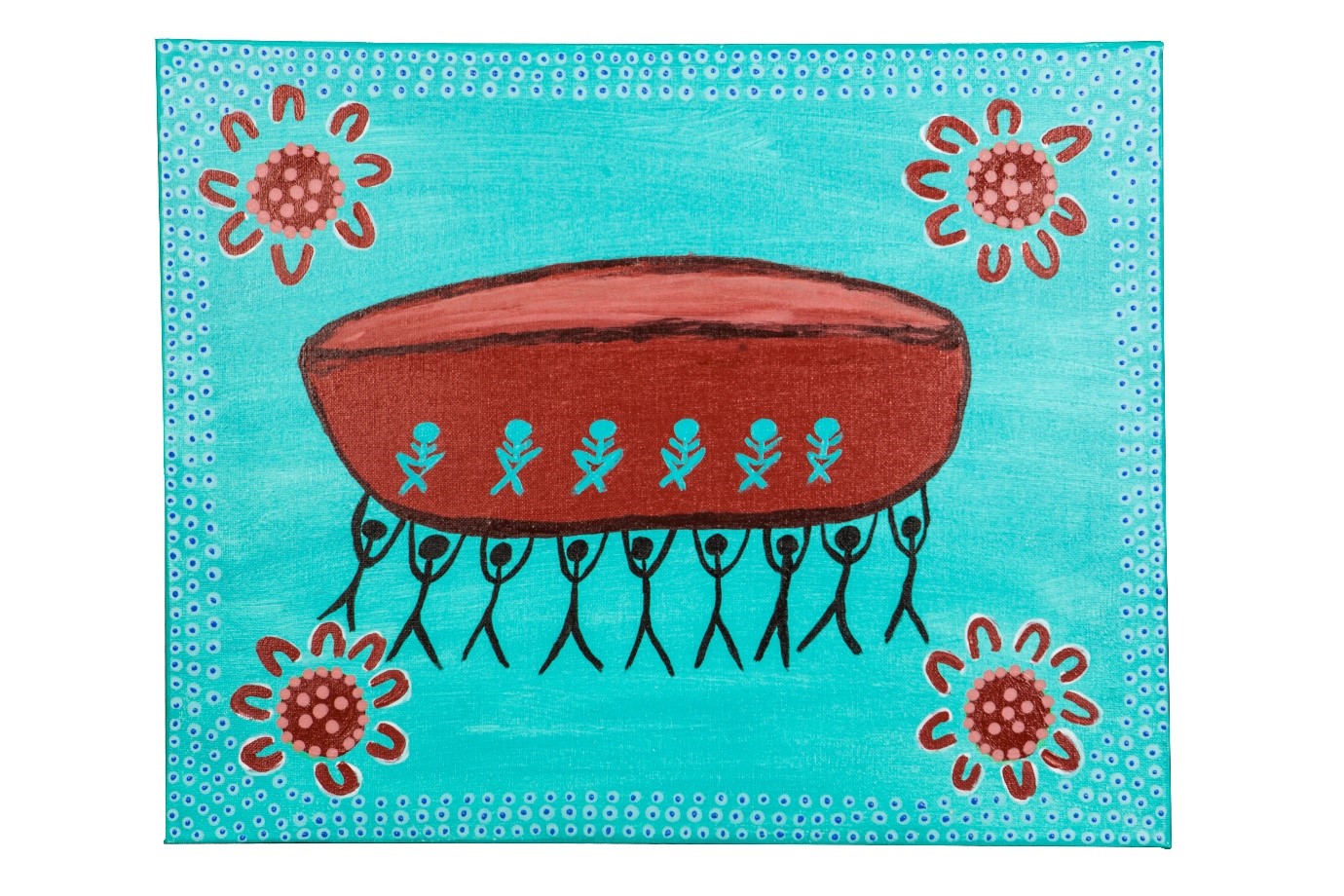
Research
Ngulluk Koolunga Ngulluk Koort (Our Children, Our Heart) ProgramBrings the Aboriginal community(s) of Perth together with service providers & policy makers to improve outcomes for Aboriginal kids and their families.

News & Events
Building a secure attachment with your childSecure attachments help children build resilience, self-worth, emotion regulation skills and healthy relationships.

Our vision - HAPPY HEALTHY KIDS
At The Kids, our vision is simple - happy healthy kids. We bring together community, researchers, practitioners, policy makers and funders, who share our mission to improve the health, development and lives of children and young people through excellence in research.
